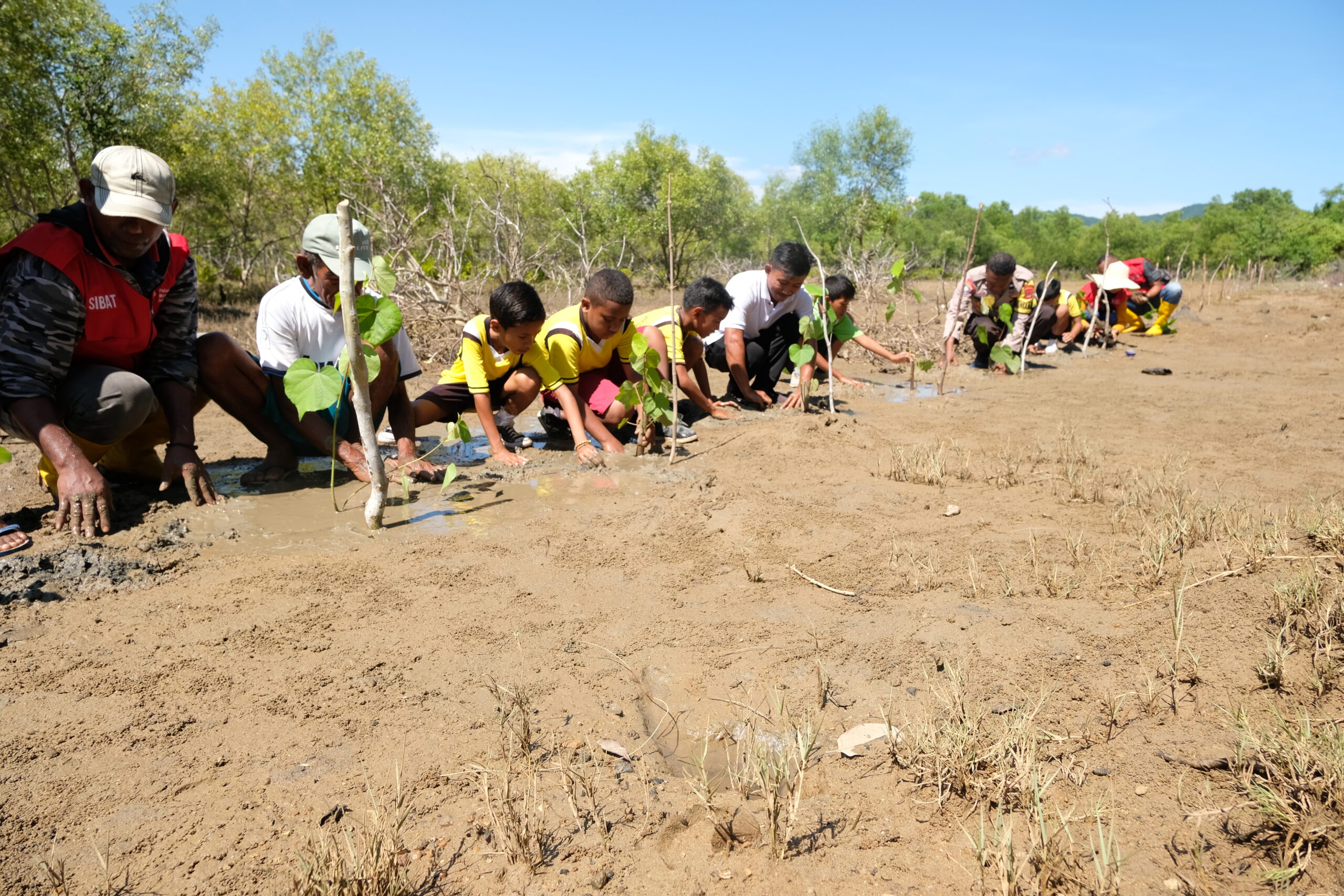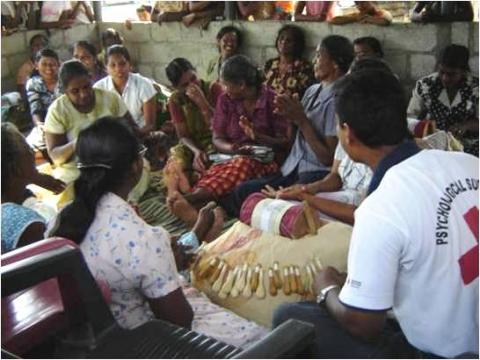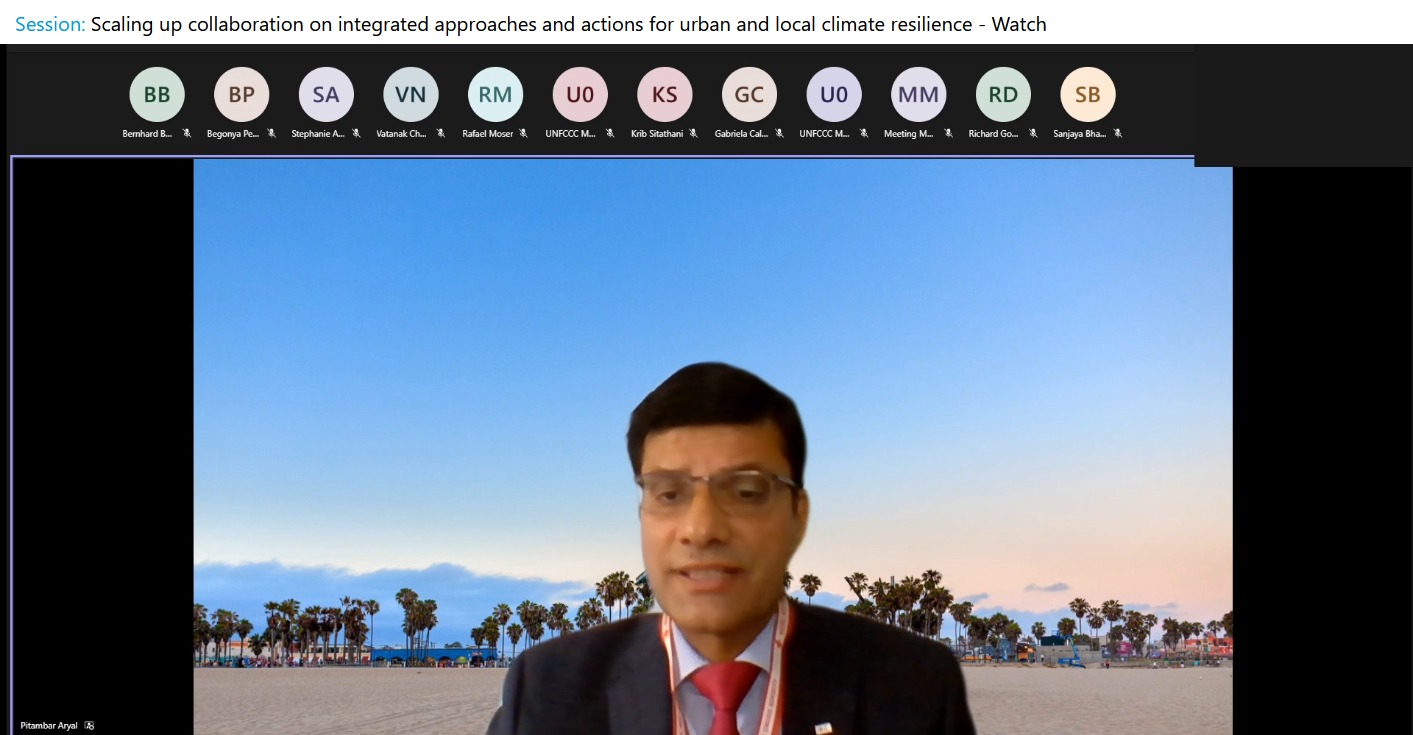Nature-based Solution for River basin and Coastal Risk Resilience Community

The Nature-based Solution for River basin and Coastal Risk Resilience Community program is applied harmoniously within the framework of Integrated Community-based Disaster Risk Reduction, encouraging the creation of communities that are ready to act when Community Ready-to-Act (CoRtA) disaster risks occur, especially in river and coastal border areas.
Physical structural efforts have been carried out on a small scale in the form of drainage construction, early warning system (EWS) installation in vulnerable locations while naturally carried out by means of ecosystem rehabilitation. The CoRtA program believes that a natural approach is a solution for sustainable community resilience. Therefore, one form of structural mitigation is carried out naturally, namely through improving ecosystem quality on river and coastal boundaries and catchment areas with land, coastal and mangrove conservation plants.
Indonesia's national studies and policies on disaster management and disaster risk reduction place mitigation as part of efforts to prevent and reduce risk in the event of natural disasters (natural disasters) and anthropogenic (human-made disasters). Mitigation is defined as a series of efforts to reduce disaster risk, both through physical development and awareness and improvement of the ability to face disaster threats (Law No. 24 of 2007 concerning Disaster Management).
In the definition of mitigation above, there is a distinction between two types of activities, namely structural mitigation and non-structural mitigation. Structural mitigation is an effort to reduce risk through technical and physical modifications, while non-structural is directed at the preparation of law-enforcement to encourage the emergence of risk-literate behavior that will strengthen community capacity in dealing with disasters.
The Community Based Disaster Risk Reduction Program in Watersheds supported by the American Red Cross has been assisting and strengthening communities for almost 3 years in 5 villages in Reok Districtin, Manggarai Regency, East Nusa Tenggara Province, Indonesia.
There are 4 focus intervention programs, one of which is carried out today, namely green mitigation or also known as nature-based solutions (NbS). Approximately 6 months since October 2022, the village and sub-district DRR Committee has started by breeding various types of local seedlings in seedling houses as we can see in Bajak Village, Salama Village, Mata Air, Baru, and Reo Villages. Recommendations for local seeds from the results of the IPB University PKSPL Team study based on the functions and uses of plants are obtained directly from each village, so it is not difficult for SIBAT to get them, except for vetiver which is almost difficult to get around Reok District.
During this period, the Consultant Team not only recommends but provides skills related to seeding techniques, care, planting to the growth and development of various types of plants. Overall, the number of plants in 5 villages is 37,766 saplings. The type of plant with the largest number is the type of planting vetiver grass or fragrant roots while other types are tree plants. The plant has roots with a length of 6 m and serves as a soil binder.
Economically it can be used as a basic ingredient for perfume and can also be processed as a souvenir. But in reality it is almost difficult to obtain. On recommendation, some local grasses such as Gelaga and Senga were planted because they were located on the banks of the river even though the roots were not as long as vetiver. Various other types of plants are also planted based on their functions such as on the coast in planting mangroves and sea cypress.



